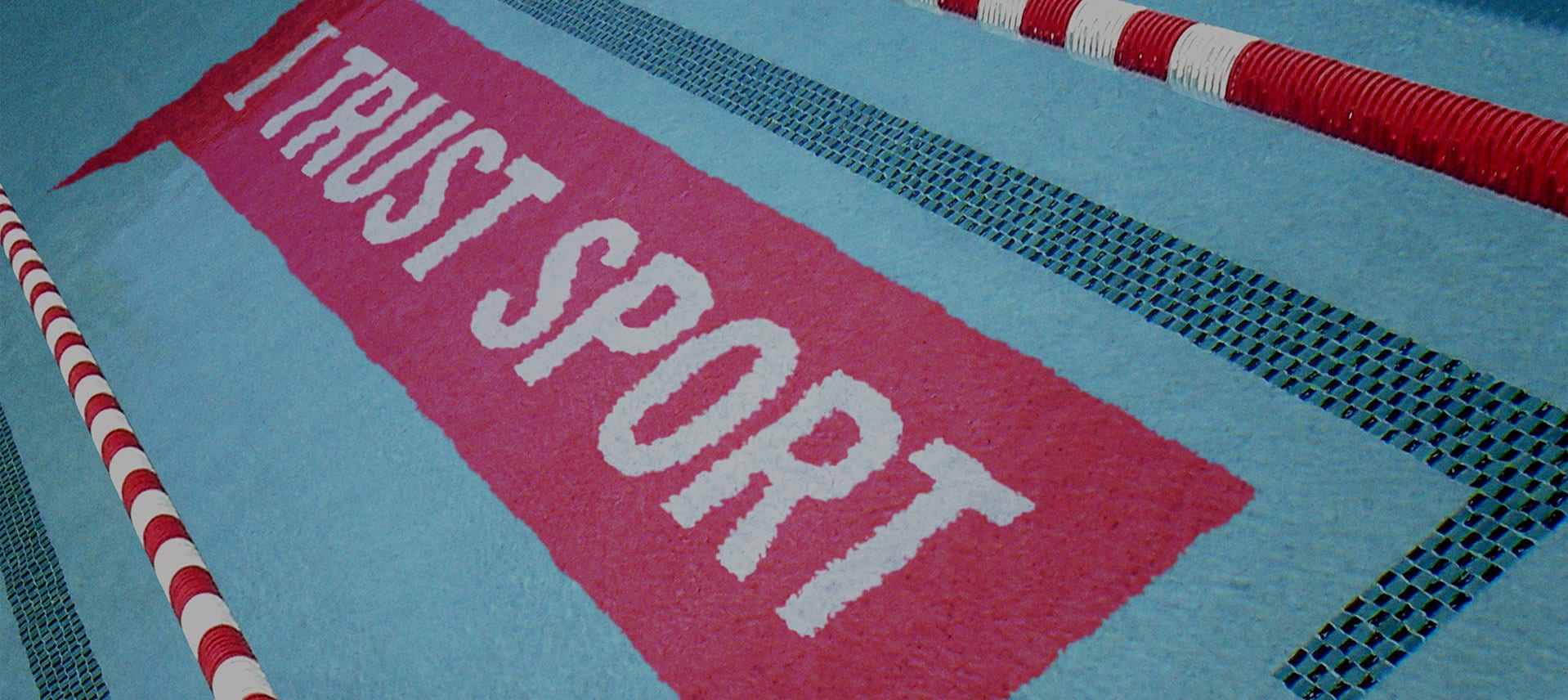From time to time, sports undergo fundamental changes in their rules and formats. International Federations and other sports bodies may introduce changes for various reasons: to improve spectator appeal, to increase safety or fairness, or to incorporate technological improvements.
However, these adjustments can sometimes spark controversy and lead to unintended consequences.
A current example is the recent introduction of a new take-off zone in long jump. World Athletics has been trialling a 40cm take-off zone to reduce the high number of fouls in competitions. The goal is to make the event more exciting for spectators. Yet many athletes expressed concerns that it removes a key technical element from the competition.
Other instances have occurred in different sports:
- Off-Court Coaching in Tennis: From January 2025, the International Tennis Federation (ITF) has permitted off-court coaching during matches. This change is intended to modernise the sport and engage audiences, but some argue it undermines the individual strategic thinking traditionally required of players.
- Mandatory face masks in Field Hockey: From 2025, players defending penalty corners must wear protective face masks to enhance player safety.
These examples raise some questions.
How should sport federations introduce changes to sports, and what considerations should guide the process?
Governance principles in rule changes
International Federations are the custodians of a sport. So, when introducing changes, they should adhere to fundamental governance principles such as accountability, equality, sustainability and inclusivity. Rule changes are often governed by technical committees, working groups, or executive boards, each with varying levels of athlete and stakeholder representation. In an evolving sporting landscape, other organisations such as professional leagues may also seek to adapt rules and formats.
The specifics of how proposed changes are approved within a sport is outside the scope of this article (vote at the General Assembly, agreement by the board, etc.). However, decisions should be made with clear justification, incorporating feedback from a broad range of stakeholders.
Stakeholder consultation
An important starting point therefore is engaging athletes, coaches, and other key stakeholders early in the decision-making process. This should help build consensus and identify potential concerns.
Identifying key stakeholders is critical. At one level, prioritising the views of those directly affected, for example elite athletes, will ensure that changes do not unfairly compromise fairness or competitive integrity.
But balancing different perspectives could be a key challenge. World Athletics reports that spectator surveys show overall support for the take-off zone. However, an apparent divide has emerged: according to a survey, more than two-thirds of casual fans favour the innovation, while those actively involved in the sport prefer the traditional board.
Transparency in rationale and decision-making processes
Clearly communicating the reasoning behind a proposed change is also vital to ensure that all parties understand the broader vision. Federations should be transparent about the objectives of the proposed change and upfront about expected benefits or potential trade-offs.
At the same time, Federations should provide evidence for the proposed change supported by data, expert analysis, and stakeholder feedback.
Considering the impact from grassroots through to elite
Rule changes at the elite level often have a ripple effect throughout the sport, influencing how it is played, coached, and structured at different levels.
Returning to the long jump example, little information has been provided about how this change might affect the sport below elite level. For example, how will the physical changes required to long jump boards be implemented, or what technology is required to implement this change?
A governance-led approach would include:
- For rule changes that are intended to apply throughout the sport, an assessment of feasibility: can clubs, schools, and lower-tier competitions realistically implement the change?
- Ensuring financial and logistical accessibility: are additional costs or technology requirements manageable, or do they risk excluding certain athletes?
- Considering alignment between elite and grassroots development: will the change create barriers for young athletes progressing through the ranks?
Trial periods and data-driven decisions
Implementing new rules on a trial basis is a sensible approach, but a trial without defined parameters can lead to confusion and scepticism. A well-structured trial should have start and end dates, along with an evaluation process that uses specific criteria to assess whether the trial is successful or not.
Without this clarity, even well-intentioned trials risk creating uncertainty rather than informed progress.
An example of a set of trials that appear to be well-structured is World Rugby's recent changes aimed at enhancing game speed and spectator engagement. These trials were conducted across various international and domestic competitions and each trial had defined objectives, such as reducing stoppages and increasing ball-in-play time, with specific metrics established to evaluate success. The trials resulted in an increase of over two and a half minutes of ball-in-play time per match and a reduction in total match duration by three to five minutes. The positive outcomes led to the endorsement of these law amendments by World Rugby's Executive Board, demonstrating the effectiveness of structured trial periods with transparent evaluation criteria.
Balancing tradition and innovation
While modernisation is important, preserving the core characteristics of a sport ensures continuity, maintains integrity, and demonstrates respect for its history. Sports bodies must strike a careful balance between embracing innovation and safeguarding the foundational aspects that define a sport.
One notable challenge is the issue of historical consistency. Rule changes that alter competition formats, equipment, or scoring systems can impact records, rankings, and world leaderboards, potentially making past achievements incomparable with future ones. It may be time to break with the past but policy decisions are needed to determine how records are treated when fundamental changes occur.
Fairness, integrity and athlete welfare
Fairness and integrity are key pillars of good governance. Rule changes should not unfairly advantage certain groups or nations over others. There should be checks and balances to ensure that rule modifications do not introduce unintended biases or create inequalities in competition.
In the same way, sports bodies may need to introduce new rules in response to innovations to ensure that fairness and integrity are maintained.
A good example is the introduction by Nike of the Vaporfly shoes (known as super shoes) in 2017. These shoes raised concerns about fairness and unequal access to technology, particularly because in the early period of their release, Nike-sponsored athletes had prioritised access, giving them a competitive edge over athletes who could not buy the same shoes. This disparity led to debates about whether the shoes compromised the integrity of the sport. To counter this, World Athletics introduced new regulations to prevent the use of prototypes in competition. The regulations now stipulate that any shoe used in competition must have been available for purchase by the general public for at least four months.
Rule changes can create significant challenges for athletes, especially during the transitional phase. They may have to adjust their training plans to accommodate new regulations or formats, often with limited time or resources. Last-minute changes to events can disrupt an athlete’s competition schedule, forcing them to withdraw or compete when below their best. This may have financial consequences as many rely on prize money or sponsorships tied to their participation in these events.
A summary - 6 Steps to Good Governance in Sports Rule Changes
Before moving to the formal approval process for a rule change, sports bodies should ensure that the proposal is:
- Consistent with stakeholder interests
- Transparent
- Feasible at different levels
- Tested and evaluated
- True to the sport’s fundamental characteristics
- Fair and equitable


